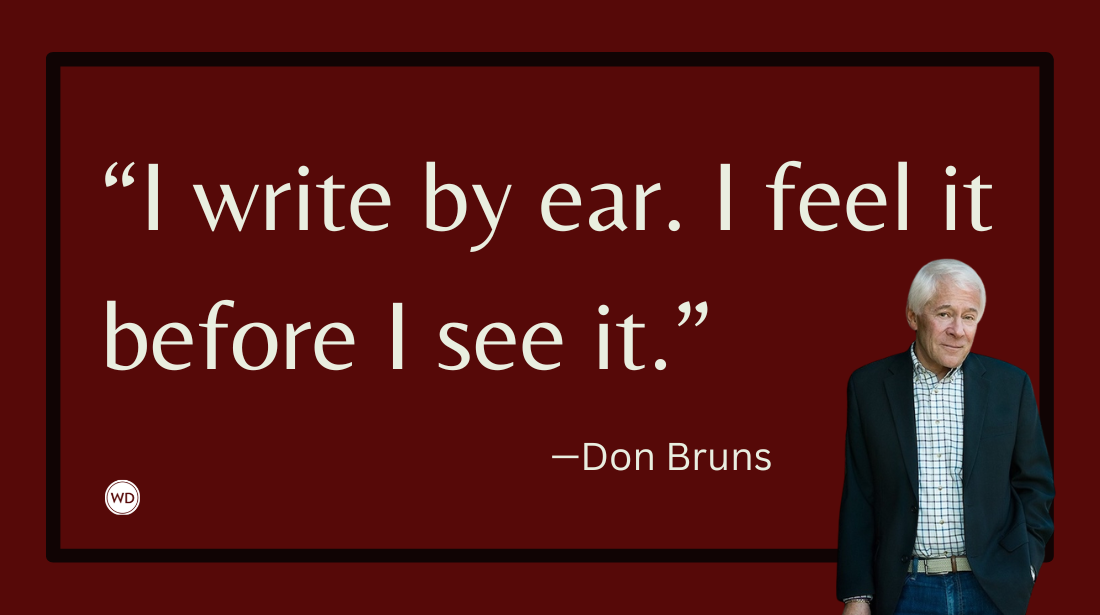How to Identify Fake News: Crossing the Credibility Chasm with PEN America
PEN America is currently touring the country hosting local panels to educate journalists and the public alike on how to identify fake news. Here’s what we learned from them.
Thanks to the way we consume news today—largely through social media—weeding out what info is real and what’s fake is more difficult than ever. While social media has created a place for the public to share and for news organizations to reach in a positive way, the overflow of information is not always good information, says Xavier University Professor Tyrone Williams. That’s where PEN America decided to step in: They’re currently touring the country hosting local panels to encourage journalists and the public alike to be aware of the inaccurate stories floating around on crowded Twitter and FB feeds—and to help people identify fake news when they see it.
It’s Easy to Create Fake News
Panelist Jay Stowe, former editor at Esquire and Cincinnati Magazine, mentioned that it used to be difficult and expensive to create a newspaper, let alone create a newspaper for “fun” or put out inaccurate news. Now, it’s nearly free to develop a social media account or website to project your own opinions, agendas, or “news.” Thus, making it increasingly difficult to weed out the fact from the fiction.
Why Do We Believe It?:
“We wanna hear what we wanna hear,” says panelist Sridhar Pappu author of The Year of the Pitcher: Bob Gibson, Denny McLain and the End of Baseball’s Golden Age and current columnist for The New York Times. If someone is reporting something we want to believe, we are more likely to hang our hat on it and accept it to be true. Another common reason: lack of education. As a whole, panelists said, critical thinking and civics are no longer taught in schools. The ability to look at a news story and decipher whether or not it’s plausible or probable is simply not a skill many have. The solution? “Libraries,” says author Jenn Bishop (14 Hollow Road and The Distance to Home). It’s as simple as having children learn the fact-checking process and learning to seek out sources that are to be trusted.
Facebook and Comment Sections
Because Facebook, Twitter and news websites are private entities (not funded by the government), they have the power to remove comments and posts that either boost inaccurate reports or what they consider hate speech. In the same way, private universities may choose to turn away speakers (like the notorious white supremacist Richard Spencer) while public universities usually cannot.
Panelist and WCPO.com editor Mike Canan says one of the reasons they removed the comments section from their website (and many others have, too) is due to the manpower it takes to monitor. Bishop points out that there are employees at Facebook that have the sole role of removing hate speech posts. While this is great, she says, there is still a ways to go: Sometimes the incorrect person’s post is removed, and there’s still obvious room for error.
How to Identify Fake News
This is the hard part. Many consumers grab their phones to see the latest news. According to Pew Research Center, 38% of Americans get their news online (28% from an app or website, 18% from social media), and in adults 18-49 years old, it’s even more prevalent—50% say they consume news online. Online is where “fake news” is most often published, so being able to pick out the bad apples can be a real struggle. Here are some tips from panelists to help you pick out truthful information.
1. Check the source.
This may seem obvious, but it’s actually more difficult than it sounds. For starters, big corporations now control so much of the media we consume. Remember, Sridhar Pappu says, “who they’re owned by and what their agenda is.” Conglomerates own various news stations across many markets and states. Recently, the billionaire brothers Charles G. and David H. Koch inched closer to a deal to own Time Inc. (which includes Sports Illustrated, TIME, Southern Living and other large magazines). Stowe says simply, “Use your brain and try to verify.”
2. Consume All News
And digest it. No matter your personal or political views, Williams encourages looking at a variety of news outlets so it’s easier to pick out an inaccurate source—or question its credibility.
3. Be Objective
Approach stories with objective fairness, Pappu says. This will give you room to figure out your stance and determine if a story is conceivable.
For members of the media, it’s becoming harder and harder to tell your readers a story is authentic. Stowe explains a credibility gap has developed because of the information overload living in Facebook feeds. In the past, news sources were simply believed. No one ever questioned the authority of the news. “[I] never thought Tom Brokaw would ever lie to me,” Stowe explains. News figures were simply believable. With such a gap in credibility, websites, magazines and newspapers must include information about who they are, what they do and how they check their news. Reinventing and sharing up front what your stance assures the public what you’re all about.
The PEN’s tour in Cincinnati has a star-studded cast, including Sridhar Pappu (The Year of the Pitcher: Bob Gibson, Denny McLain, and the End of Baseball’s Golden Age), Jenn Bishop (14 Hollow Road), Tyrone Williams (a professor of literature and theory at Xavier University), Jay Stowe (former editor at Esquire, Outside and Cincinnati Magazine), and Mike Canan (editor of WCPO.com).
Online Course: Writing Online Content
In addition to online article writing, this course will also teach you how to pitch online assignments and establish and promote an online platform. Special attention will be paid to blog and website establishment, leveraging social media (Facebook and Twitter), SEO (key words, meta tags, and so forth), Google Tools (Google Analytics and AdWords), and using premium subscription services. Learn more and register.
About Sarah Mullins
Sarah M. Mullins is a contributing editor for Writer's Digest with a background in print and digital media. Native to Kentucky, Sarah graduated from the University of Cincinnati and hasn’t left the Queen City since. She can usually be found tweeting about the Cincinnati Bearcats or engaging others in unsolicited discussions about her green juices and veganism. Follow her on Instagram: @sarmmullins or Twitter: @sarmullins









